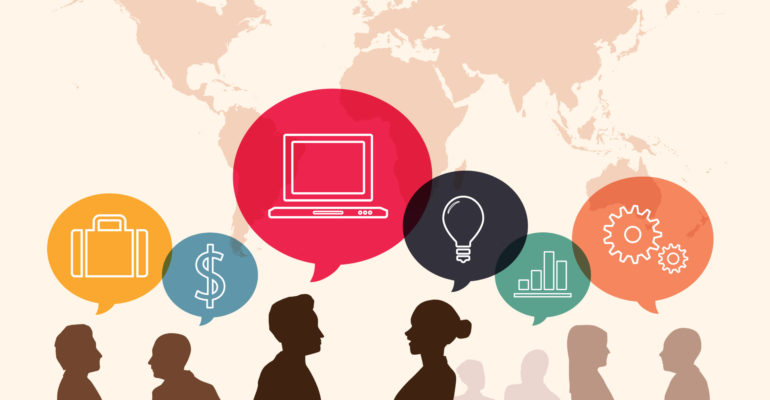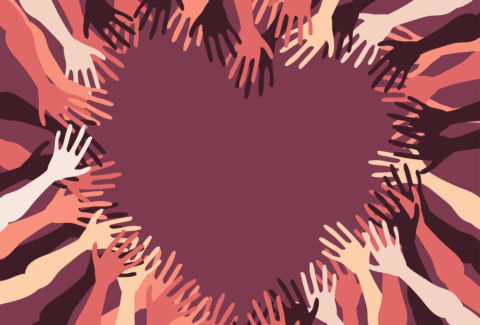Collaborating with Communities: Breaking Down Barriers for Collective Progress
In the intricate tapestry of society, barriers often stand as roadblocks to progress. Whether they be social, economic, or cultural, these barriers hinder the collective growth and potential of communities. However, a powerful antidote to these challenges lies in the art of collaboration. By actively engaging with communities, we can dismantle barriers and foster a more inclusive, resilient, and empowered society.
Understanding the Community:
The first step in collaborative initiatives is a genuine understanding of the communities involved.[1] Every community is unique, with its own set of challenges, strengths, and aspirations. Listening becomes an essential tool, allowing us to comprehend the nuances that contribute to existing barriers. This empathetic approach lays the foundation for meaningful collaboration.[2]
Building Partnerships:
Collaboration is not a one-way street; it’s a collective effort. Building partnerships with community members, local leaders[3], and organizations establishes a framework for shared responsibility. By actively involving the community in decision-making processes, we ensure that initiatives are tailored to meet their specific needs and concerns.
Education and Awareness:
Breaking down barriers often requires dismantling preconceived notions and fostering awareness.[4] Collaborative efforts can include educational programs that promote understanding and empathy. This might involve workshops, seminars, or community events designed to bridge gaps in knowledge and cultivate a more informed and tolerant environment.
Economic Empowerment:
Economic disparities often create substantial barriers within communities. Collaborative projects can focus on economic empowerment through skill development programs, entrepreneurship initiatives, and job creation efforts. By providing the tools for financial independence, we contribute to dismantling barriers rooted in economic inequality.[5]
Cultural Humility[6]:
Communities are rich in diverse cultures, each deserving of respect and celebration. Collaborating with communities involves a commitment to cultural sensitivity. This includes recognizing and preserving cultural identities while promoting an inclusive environment that encourages cross-cultural understanding.
Technology and Innovation:
In our interconnected world, leveraging technology and innovation can be a catalyst for change.[7] Collaborative projects can explore how technology can be harnessed to break down geographical and communication barriers, making resources and opportunities more accessible to all members of the community.[8]
Celebrating Successes:
Collaboration is a journey marked by milestones. Celebrating the successes, both big and small, reinforces the positive impact of collective efforts.[9] Acknowledging achievements fosters a sense of pride within the community and motivates ongoing collaboration.
Conclusion:
Collaborating with communities to break down barriers is not only a noble pursuit but a necessary one for societal progress. Through understanding, partnership, education, economic empowerment, cultural sensitivity, and innovation, we can collectively create a more inclusive and equitable future. The journey is challenging, but the rewards are immeasurable—a harmonious, empowered society where barriers are replaced by bridges, and every community member has the opportunity to thrive.
[1] Taylor, Judy, David Wilkinson, and Brian Cheers. Working with communities in health and human services. Oxford University Press, 2008.
[2] Costanza-Chock, Sasha. Design justice: Community-led practices to build the worlds we need. The MIT Press, 2020.
[3] Culhane-Pera, Kathleen A., et al. “Diverse community leaders’ perspectives about quality primary healthcare and healthcare measurement: qualitative community-based participatory research.” International journal for equity in health 20.1 (2021): 1-13.
[4] World Health Organization. “Comprehensive mental health action plan 2013–2030.” (2021).
[5] Emery, Mary, and Cornelia Flora. “Spiraling-up: Mapping community transformation with community capitals framework.” 50 Years of Community Development Vol I. Routledge, 2020. 163-179.
[6] Lekas, Helen-Maria, Kerstin Pahl, and Crystal Fuller Lewis. “Rethinking cultural competence: Shifting to cultural humility.” Health services insights 13 (2020): 1178632920970580.
[7] Seeber, Isabella, et al. “Collaborating with technology-based autonomous agents: Issues and research opportunities.” Internet Research 30.1 (2020): 1-18.
[8] Rodriguez-Villa, Elena, et al. “The digital clinic: implementing technology and augmenting care for mental health.” General hospital psychiatry 66 (2020): 59-66.
[9] Davies, Andrea, Wendy James, and Lloyd Griffiths. “Implementing a quality improvement programme in a locality mental health service.” Nursing Management 29.5 (2022).









